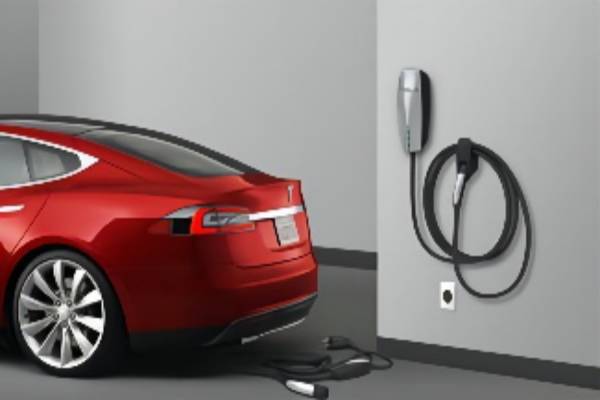According to the latest “Global EV Outlook 2021” report released by the International Energy Agency (IEA), the scale of global charging piles in 2030 has been predicted: based on the latest policies and sustainable development plans of various countries, by 2030, the number of charging piles in the world is expected to be retained. It will reach 120.90/215.2 million respectively, of which the global private charging piles are expected to reach 104.70/189.9 million respectively, and the global public charging piles are expected to reach 16.20/25.3 million.

In December last year, EU leaders expressed their support for raising the emission reduction target of vehicle emissions by at least 55% from the 1990 level by 2030. The EU’s strict emission standards will also promote the development of new energy vehicles in Europe.
At present, the new energy vehicle market in Europe is rising, mainly in Germany, France, the United Kingdom, Norway, Italy, Sweden, Spain and the Netherlands. The sales of new energy vehicles in the eight European countries in 2021 will be around 1.95 million units, a year-on-year increase of about 65%. The annual penetration rate of new energy vehicles is about 21%, and the annual market penetration rate of new energy vehicles in Norway even reaches 70%.
According to the latest statistics from EU data, about 445,000 public charging piles have been installed in Europe in the past ten years. In order to meet demand in the future, Europe will need to install 500,000 public charging points per year by 2030, and 1 million charging points per year after that.
The European Union has become the world’s second-largest new energy vehicle market after China, as European governments introduce stronger incentives and car companies roll out more electric vehicles to lure consumers. After a significant increase in the number of electric vehicles, automakers began to worry about the shortage of charging points, especially when Volkswagen, BMW and Volvo are accelerating the transition to electric vehicles.
In addition, Canada, the United Kingdom, France, Spain, the Nordic countries and California have all announced to phase out the sale of new fuel vehicles by 2040. Globally, electric vehicles account for 9 percent of new vehicle sales, according to the International Energy Agency. And 20 percent of new cars sold in Europe last year were electric. Of the many countries, Norway has the most generous incentives for EVs, so that EV sales in the country account for 90% of new car sales.
Even Japanese automakers, which account for less than 1% of electric vehicle sales, are vigorously promoting the construction of charging facilities. According to the website of the Japan Broadcasting Association, Japanese domestic consumers are paying more and more attention to electric vehicles, but unfavorable factors such as the small number of charging piles and the long charging time limit the popularity of electric vehicles. For this reason, Tesla has increased the number of super-charging stations in Japan by nearly 20 in the past year, reaching 46. In addition, the Volkswagen Group plans to install fast charging facilities at 250 sales points, which account for about 70% of the total in Japan. Toyota Motor Corporation also plans to install chargers at all about 5,000 sales points in Japan.
According to data, if the world wants to achieve net zero emissions by 2050, it is expected that the cumulative investment in charging stations will be as high as 1.6 trillion US dollars. At present, major countries and regions in Europe and the United States have actively released financial subsidies and investment plans for the construction of charging facilities. , and the sales of new energy vehicles are also increasing rapidly, and the charging pile market will inevitably explode in the world in the future.














